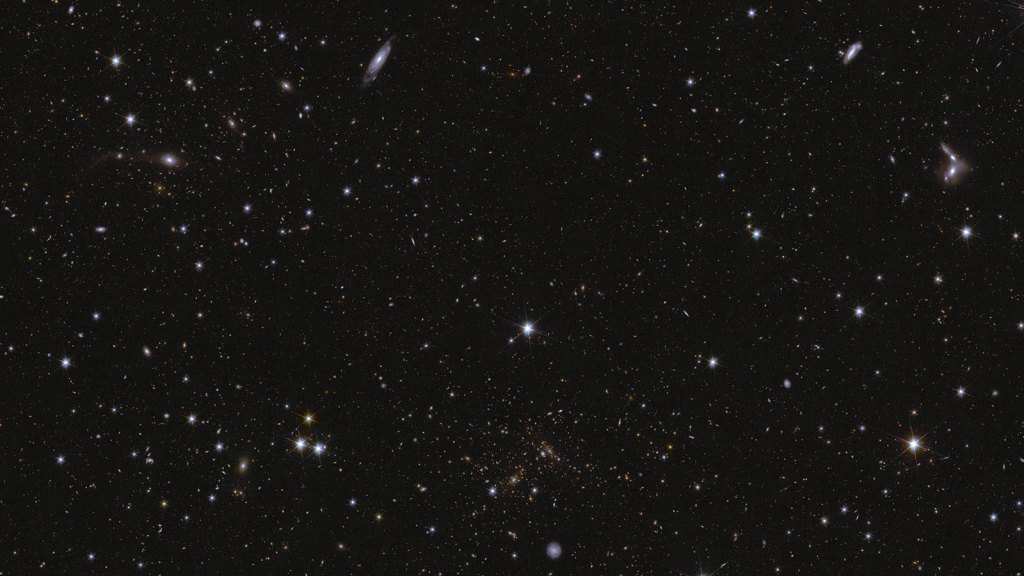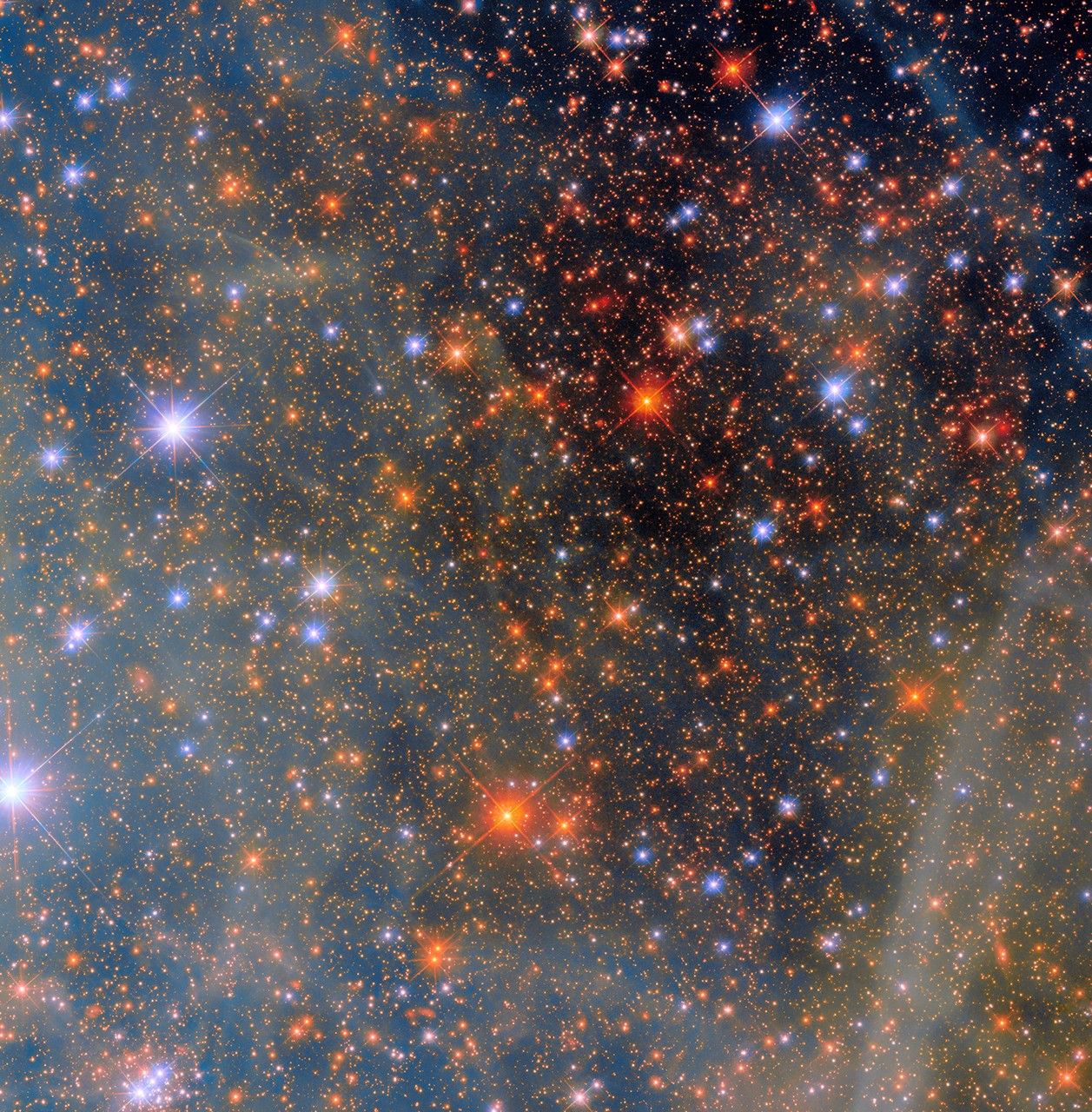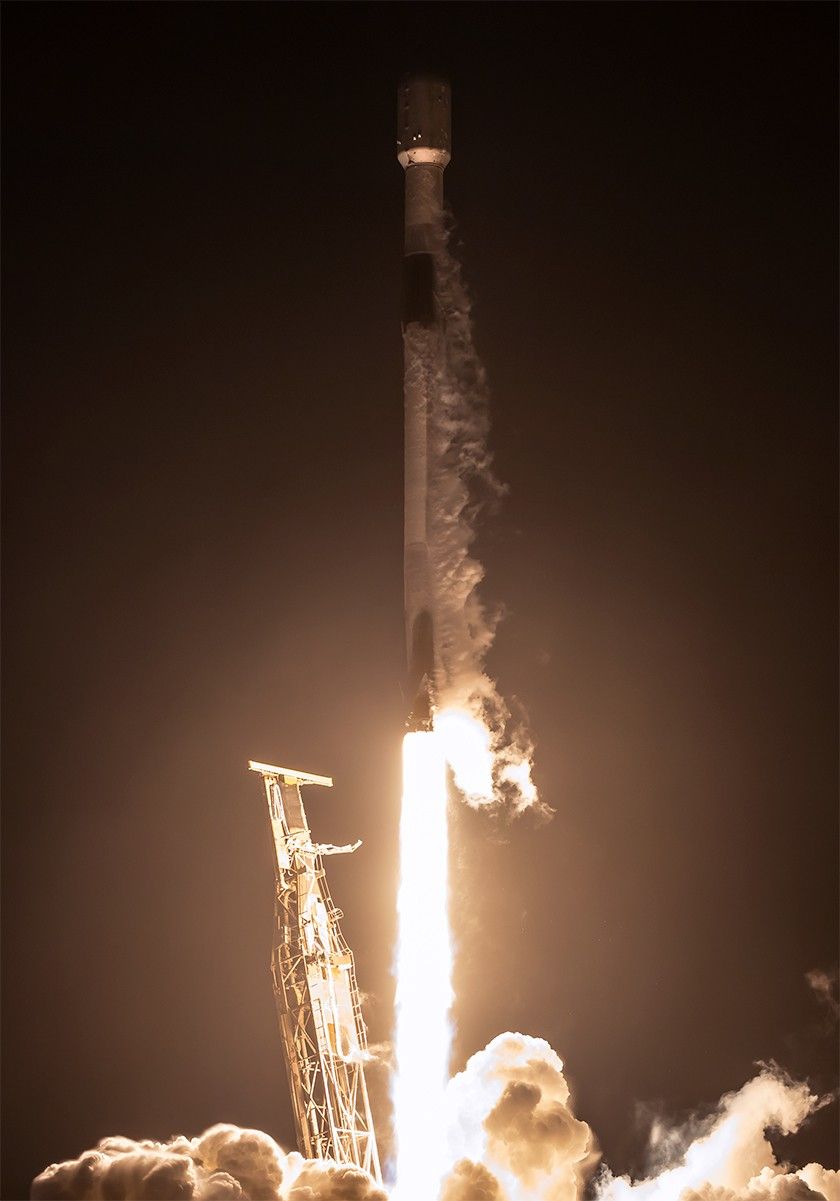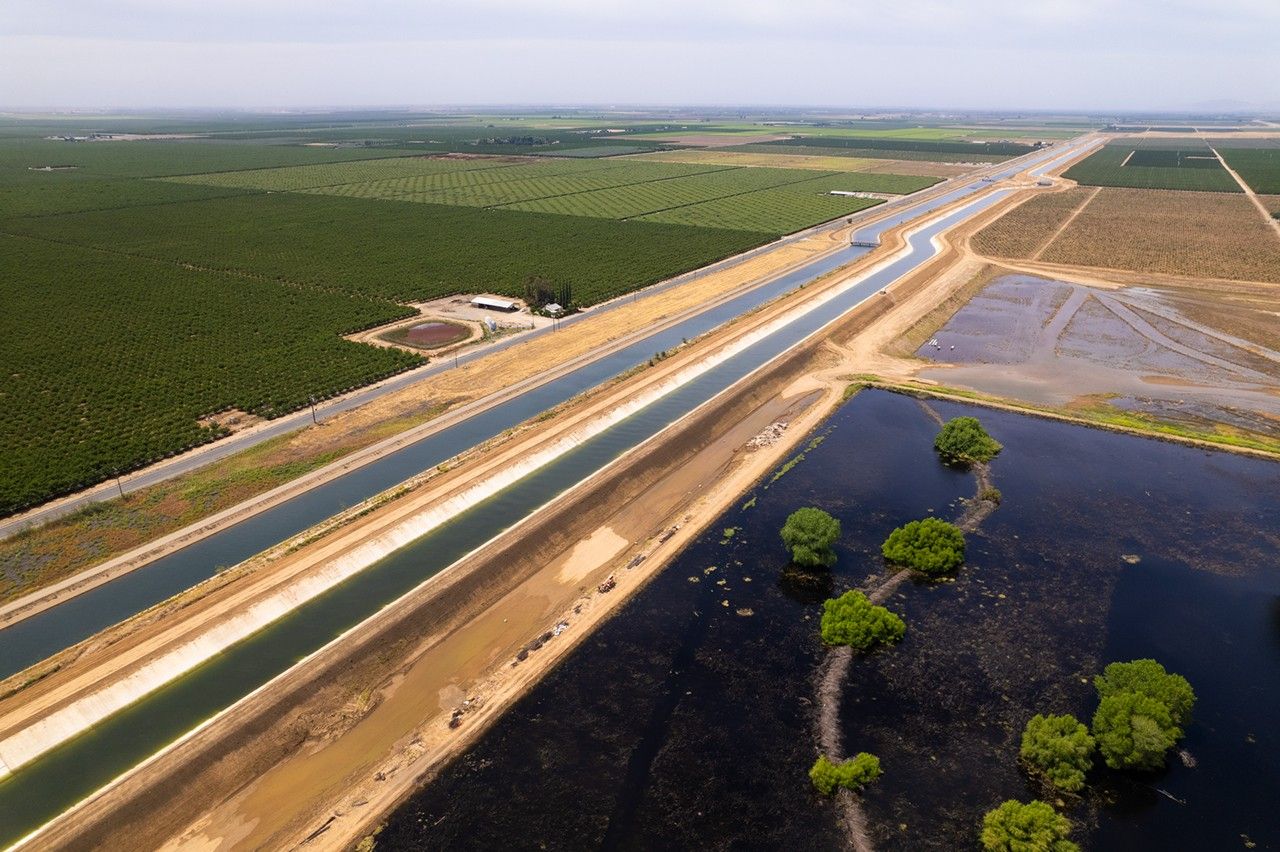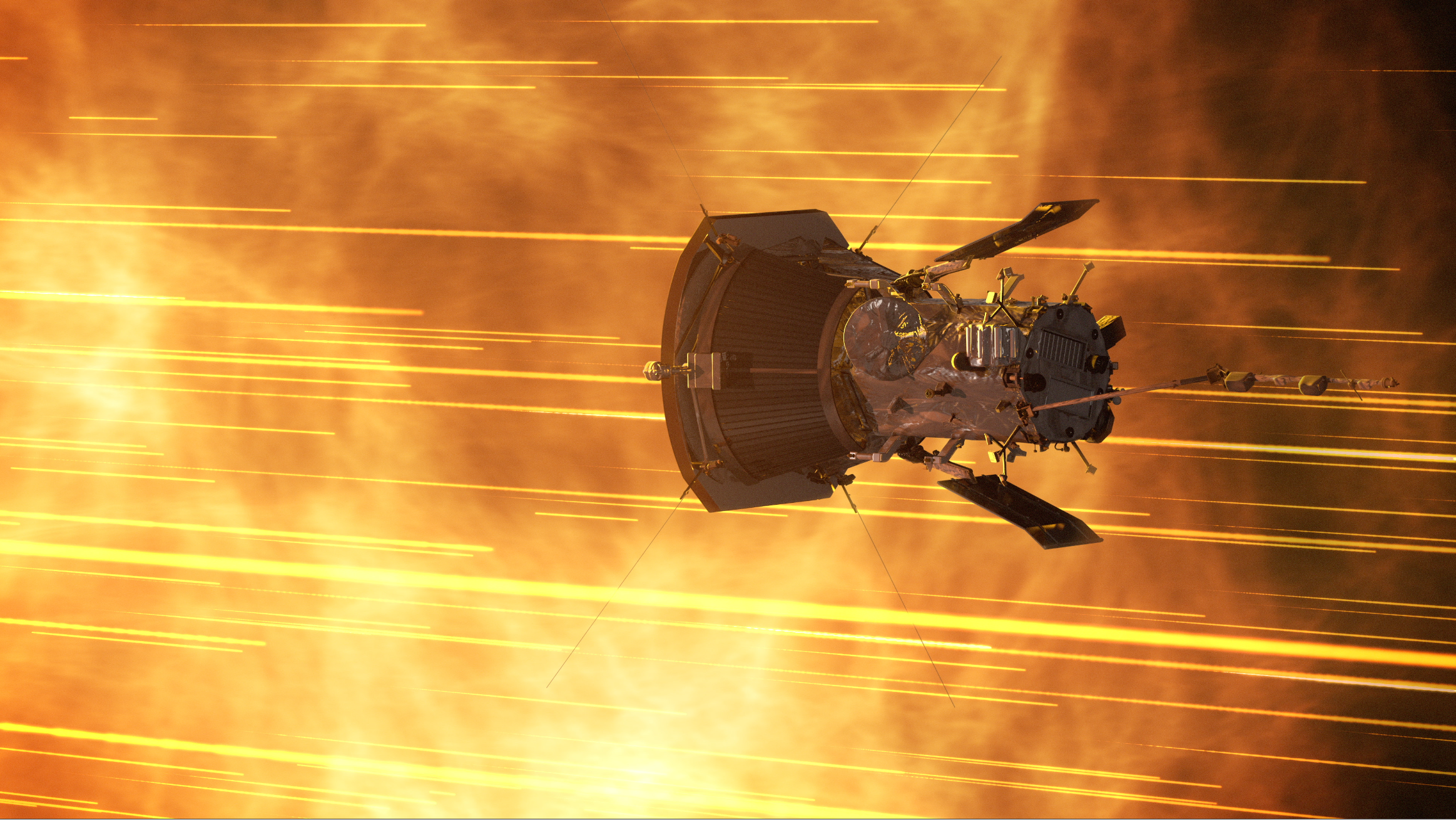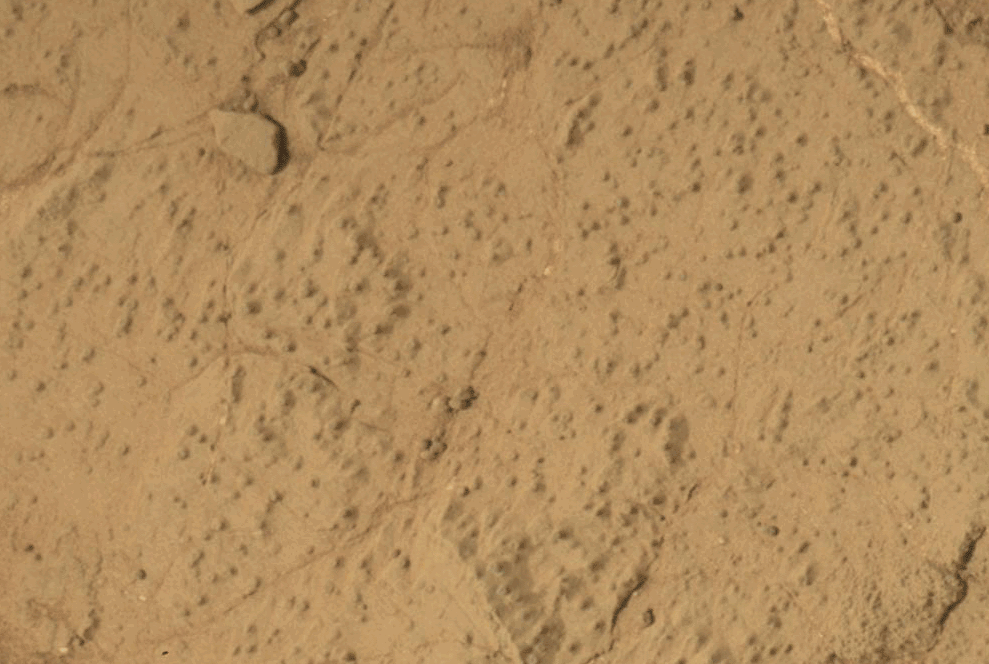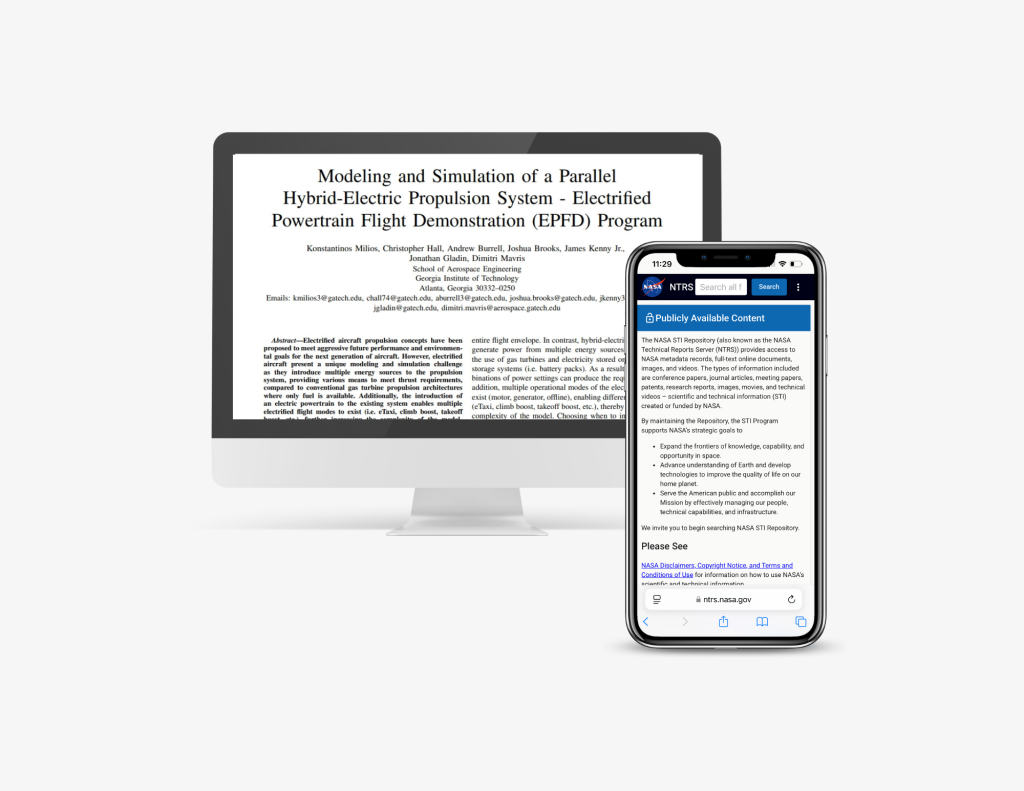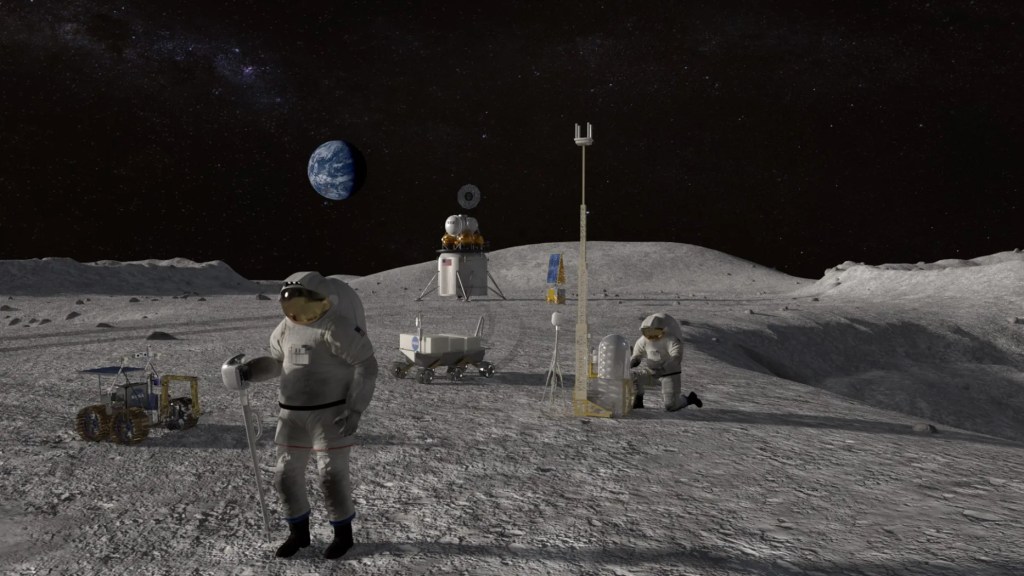NASA’s Low-Earth Orbit Flight Test of an Inflatable Decelerator, or LOFTID, launched on Nov. 10, 2022, to demonstrate inflatable heat shield technology that could be key to landing humans on Mars.
About an hour after launch on a United Launch Alliance Atlas V rocket, LOFTD inflated and deployed in space. After being released by the Centaur upper stage, the heat shield, or aeroshell, began its perilous re-entry journey through Earth’s atmosphere, entering the atmosphere at more than 18,000 miles per hour. LOFTID created enough drag to slow to less than 80 miles per hour by the end of its demonstration. At this point, LOFTID’s onboard parachutes deployed, carrying the heat shield to a gentle splashdown in the Pacific Ocean.
The team recovered the LOFTID aeroshell within a few hours, and early indications show that the demonstration was successful. In addition to achieving its primary objective of surviving the intense dynamic pressure and heating of re-entry, it appears that the aft side of the heat shield – opposite LOFTID’s nose – was well protected from the re-entry environment. This suggests that inflatable aeroshells can keep payloads safe during atmospheric entry.
Full study of LOFTID’s performance is expected to take about a year. The results of the LOFTID demonstration will inform future designs for inflatable heat shields that could be used to land heavier payloads on worlds with atmospheres, including Mars, Venus, Saturn’s moon Titan, and Earth.
Learn more about LOFTID at: nasa.gov/loftid

